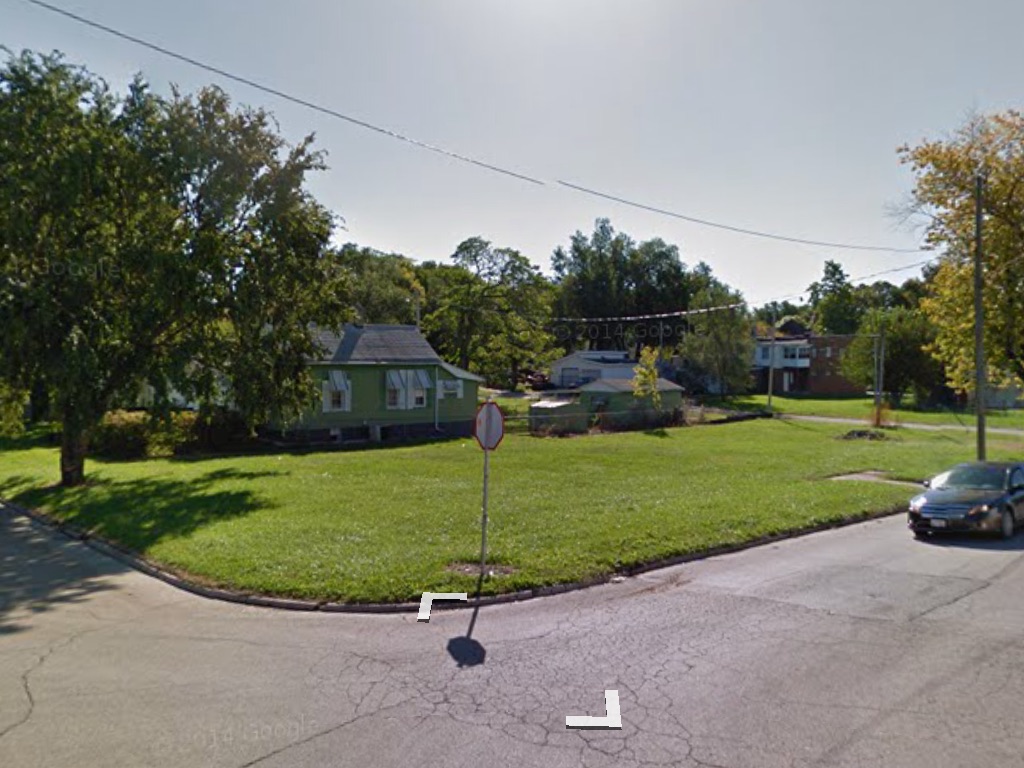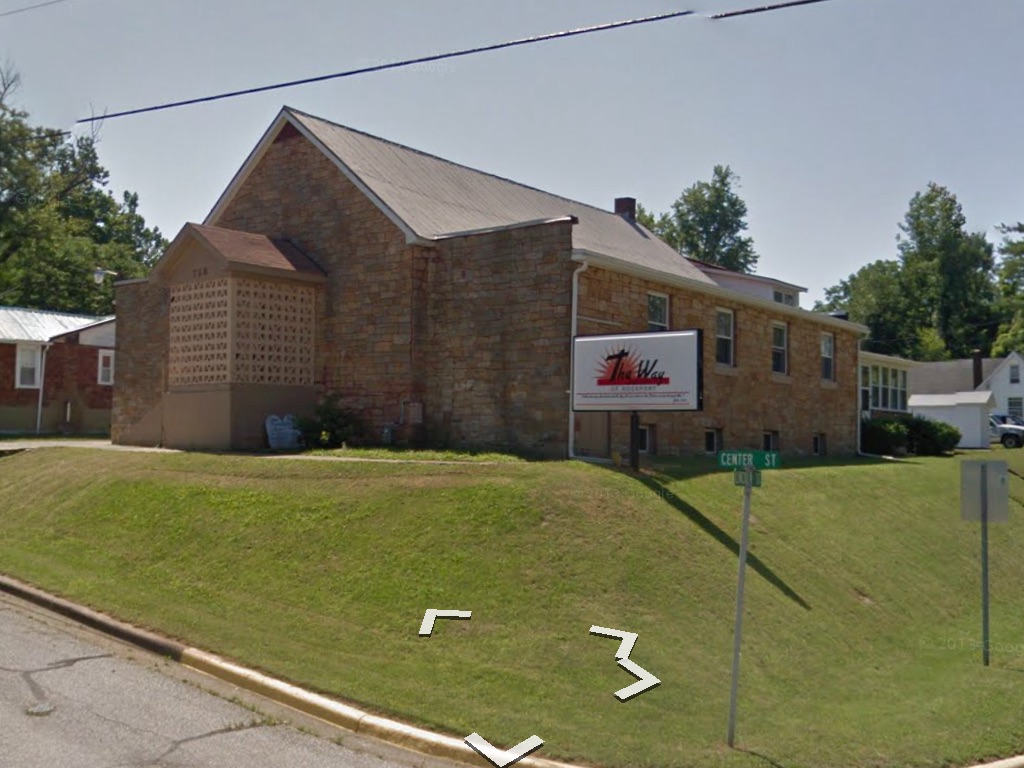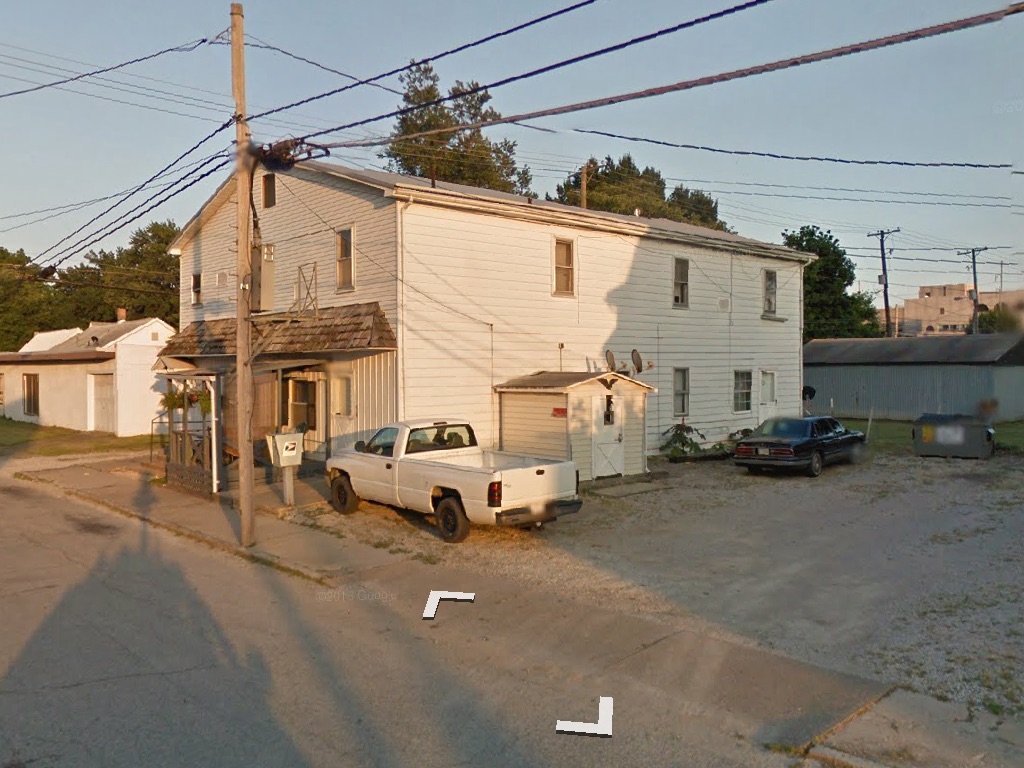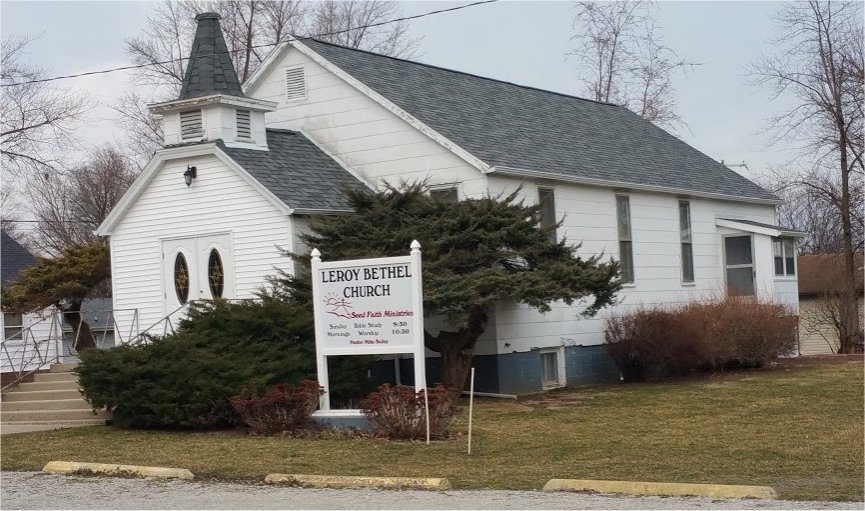|
The History of the Bethel Ministerial Association
|
|
We know specifically, that two of our ministers were involved as soldiers during the war. Rev W.B. Badger would later gain recognition as a pastor and active member of the association and then as the association’s chairman for many years. He served in the Army during World War II in Washington State on the west coast of the United States, maintaining preparedness for a feared attack by the Japanese on our homeland. |
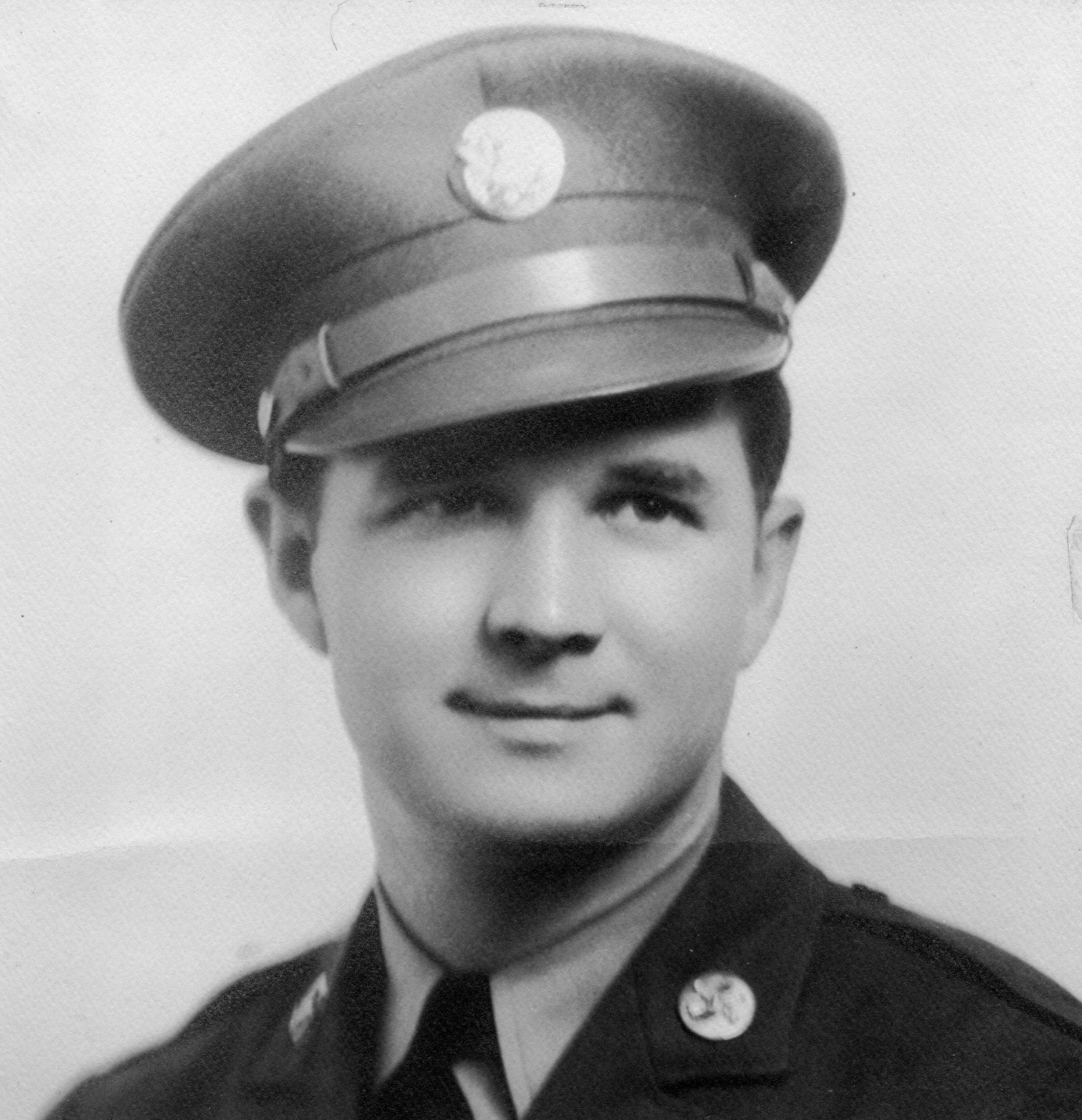 W. Bruce Badger, WWII Enlistee |
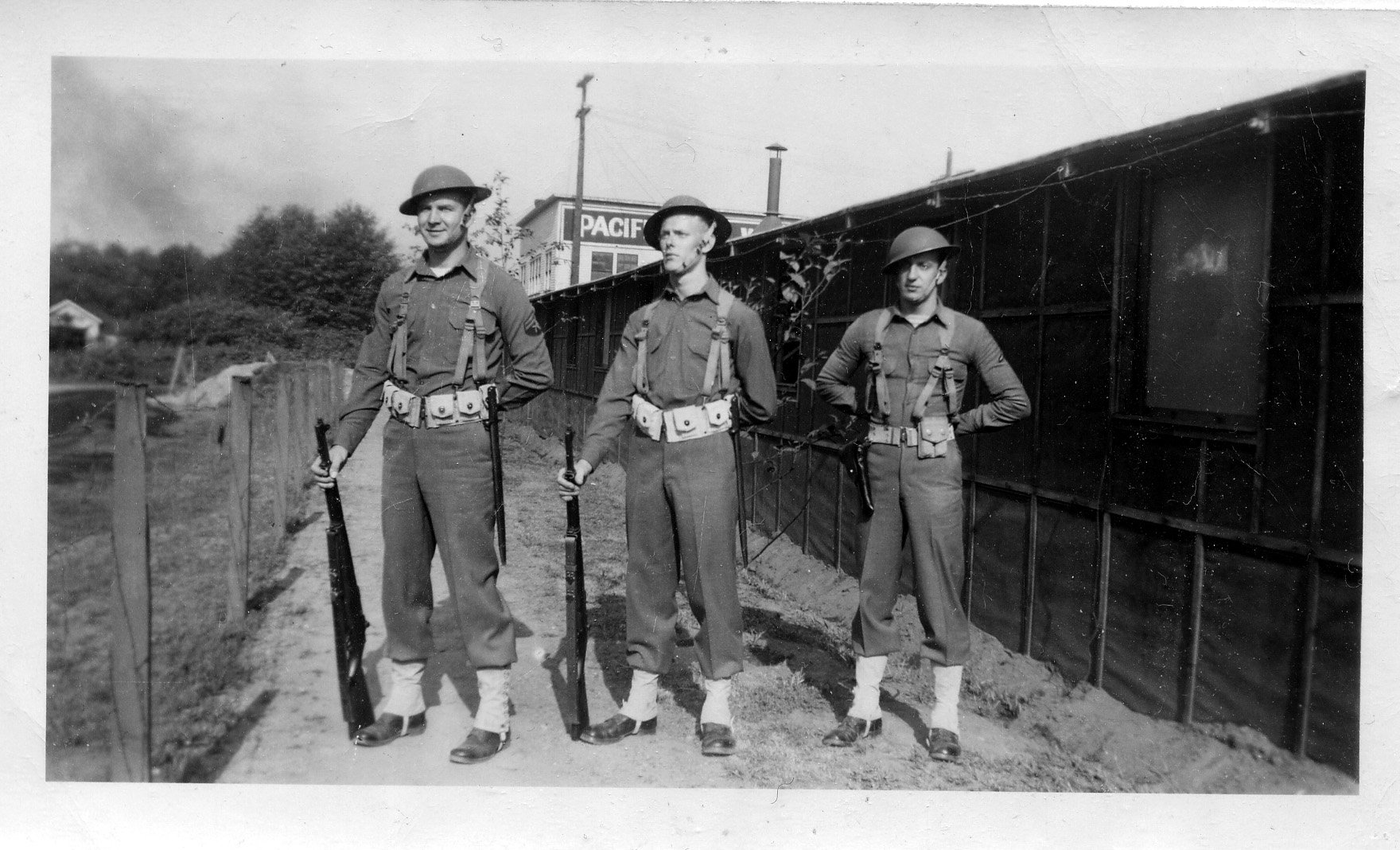 Defending the home front on the West coast |
|
Rev Francis “Harvey” Davids also served in the Army. Several members of the associatiotn remember Brother Harvey immediately after the war. His last assignment after WWII was to an army base just across the Ohio River from Evansville, Indiana. On more than one occasion, Brother Harvey would catch a ride from Kentucky across the river and began attending the Bethel church in Evansville, where Brother Varnell pastored. He was apparently a very handsome sight, showing up in his army uniform...handsome enough at least to impress the young ladies attending the church at the same time. He met his future wife, Jessie, during one of these meetings and later became her husband for many years until her death in 2010. |
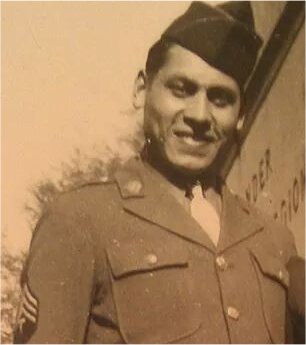 Harvey, always a dashing figure... |
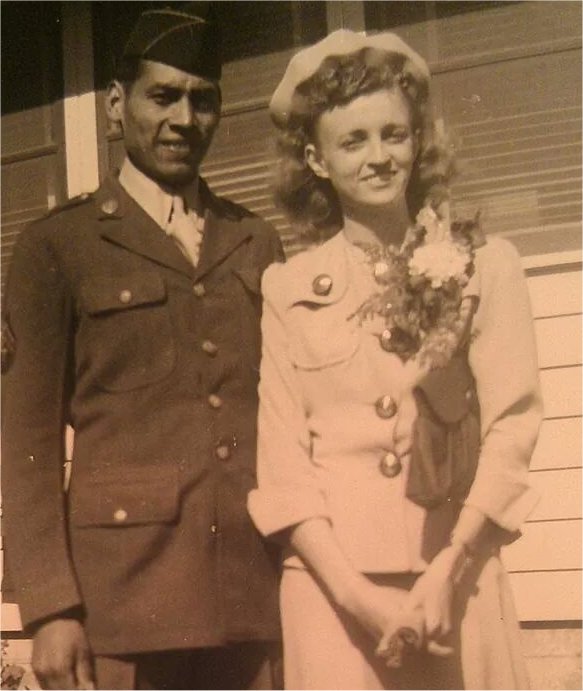 Harvey and Jessie, after the war... |
|
At the business meeting during this conference, Rev Max Campbell moved to “organize machinery for a church building program.” The vote approved this measure and Rev Badger was elected to Secretary and Treasurer of the Church Building Fund of the EMC. In its first definitive resolutions to decide on credentials, it was decided that the requirement for EMC ordination would be “that one be filled with the Holy Spirit according to Acts 2:4 and meet other qualifications according to Paul’s letter to Timothy.” They also resolved to license beginners according to the recommendations of the local pastor and the conference. November 27, 1947 the EMC met again at the Rockport church. The minutes of this meeting show that the previous night, Nov 26th, Rev Richard Schwambach was ordained during the evening meeting. Three other ministers had been recorded as being ordained by our association prior to this: Rev Sheperd and Holloman in 1937 and Rev Rigsby in 1938. Brother Badger returned from service in WWII to pastor in Leroy and was, no doubt ordained to do so. Now, Brother Schwambach would be the next in a long line of ministers ordained by the association to carry the Word to the cities, our nation and the world. He would also play a significant role in the association in its future and as the pastor of the Evansville church, taking over for Brother Varnell. Another gap occurred in the minutes of the Council as the next recorded ones come from the conference held Feb 28 to March 3, 1949. Brother Varnell was still the chairman and pastor of the church in Evansville. However, the first paragraph of the minutes give the best explanation of why there probably was a gap. “Due to poor health and his inability to attend conferences, Bro I. E. Wilson resigned his post as Secretary and Treasurer. Brother Etnier’s name was suggested and unanimously voted in as the new Secretary.” This is the first mention of Rev Don Etnier, but it would certainly not be the last. It was decided to have the next conference in Decatur, where Brother Etneir had taken over for Brother Wilson as pastor and began many years of ministry, both to his church and to the EMC. The next conference would be held there May 30 to June 2. The next order of business was the Young People’s Conference. “After some deliberation, it was decided to have it in Vandalia, Illinois September 29, 30 and 31. The age limit was set at 13 unless accompanied by one parent. Each local minister was asked to more or less decide who would come so as to keep it from being an outing with no interest in the gospel work. A fee of $2 is to be collected from each person attending and the local minister is to have charge of collecting it and seeing that each of his group get badges.” This item is of significant interest as it is the first recorded plan of Youth Camps or Conferences, a ministry of the association that has always carried a major importance among its members and ministers. The fact that the first conference was held in Vandalia probably reflects on the influence of Brother Wilson, especially since in just a few years he would prove to be a vital influence in purchasing grounds specifically for this purpose. |
 Title reads: Fourth Annual Convention of Young Evangels, Bethel Apostolic Church, Leroy, Ill July-Oct 1947 Click on photo to view |
|
The next order of business recorded by new secretary Don Etnier was the application for credentials for Ivan Rine and Archie Roe. Their applications were discussed and it was agreed to give them license for one year “if Brother James Clatterbaugh would sign each of their applications.” Rev Bruce Badger of Leroy, Ill and Secretary/Treasurer of the Evangelistic M.C.B.F read a suggested form to be used for those wishing to borrow from this fund. The form was accepted after a few minor alterations. It also was decided to call the fund the Home and Foreign Missionary Fund of the EMC. With no other matters of business coming up, the meeting was adjourned and Brother Etnier concluded the last page of official records from this first record book of history recorded by our association. The next minutes would take the association into a new decade after what would certainly be considered a time of great growth by this group. The decade of the 1950s would probably see the greatest, most rapid growth of our association in its history. Member churches, pastors, evangelists and missionaries would all increase in number and importance. New and vital programs would be begun showing the incredible enthusiasm by our members and the people they pastored. As great as the next decade would be though, everyone would agree that none of it would have ever occurred nor been possible without the faithful, dedicated leadership that grew throughout the early years, from 1937 to this point. The association will forever give credit and honor to the unfaultering leadership of especially Brother A.F. Varnell and Brother I.E. Wilson who provided the strong foundation upon which the future of the association would be built. I’m sure the rewards for their faithfulness are already great in heaven and they have enjoyed the thrill of laying them at the Savior’s feet. |
|
Click here to return to home |
DaveM3333@aol.com
page created by daveweb1.com
|
